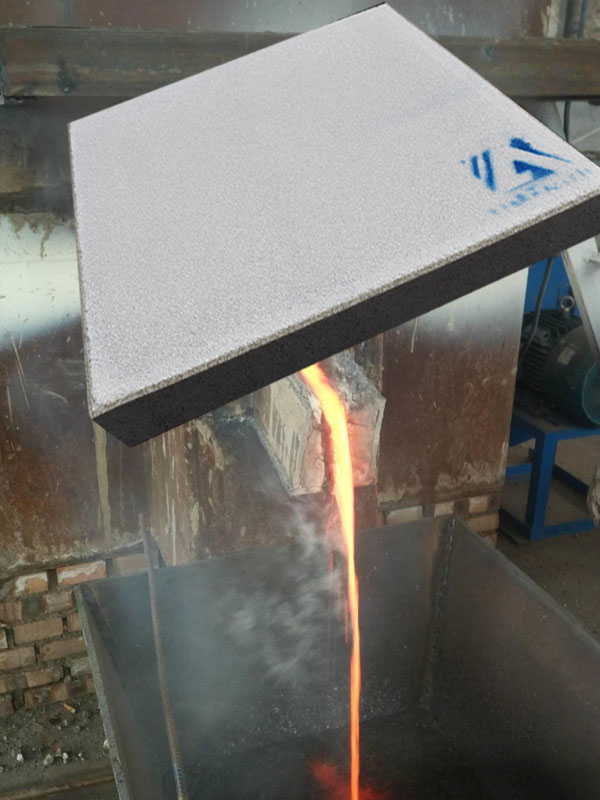
24 11月 Ceramic Filter Egypt Aluminum
Ceramic Filter Egypt Aluminum is mainly used in foundries and foundries to filter aluminum and aluminum alloys.
Because it has excellent resistance to abrasion and corrosion of molten aluminum, it can effectively remove impurities, reduce trapped gas and provide laminar flow, so that the filtered metal is significantly cleaner.
Cleaner metals can produce higher quality castings, less scrap and fewer inclusion defects, all of which help increase profits.

Using this new technology, a variety of ceramic foam materials have been produced. Although most of the work has focused on the oxides, alumina, cordierite, mullite, and zirconia of engineering ceramics, many other ceramics can also be foamed.
Ceramic Filter Egypt Aluminum has high strength.
The thermal insulation performance is almost as good as that of fiber products, providing a completely fiber-free and dust-free working environment. When using zirconium oxide, the working temperature can reach 20000℃.
The foams we use for ceramic filters meet the highest quality standards and have excellent homogeneity.
They have a variety of pore sizes and can be used in aluminum cermet filters.
We have two types of ceramic foam filters-PAl and ceramic foam filters-PZr. For more detailed information, please email to sales@adtechamm.com.
At present, aluminum is the largest non-ferrous metal in the world, and aluminum products are widely used in various fields of the national economy. Compared with the production of electrolytic aluminum, the use of recycled aluminum can save 95% of energy such as water and electricity. There are less waste gas and waste generated in the production process, and environmental pollution is greatly reduced. At the same time, the use of recycled aluminum can also reduce the production cost of aluminum alloy products, which has good social and economic benefits.
The basic purpose of aluminum alloy smelting is to obtain an aluminum alloy melt with high purity and chemical composition that meets the production requirements by formulating a reasonable smelting process. The smelting of secondary aluminum alloy is to remelt the pre-treated aluminum scrap and aluminum scraps in a smelting furnace, and perform degassing, slag removal, modification, and refining procedures during the smelting process to obtain aluminum containing liquid aluminum liquid. The chemical composition meets the requirements and is finally cast into an ingot. The raw materials of secondary aluminum are generally waste materials mixed with different alloys and whose composition is not clear. In order to provide high-quality melt for ingot production, it is necessary to melt and remove harmful impurities, gases and oxides in the waste by certain means.


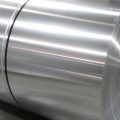
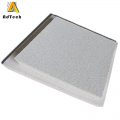
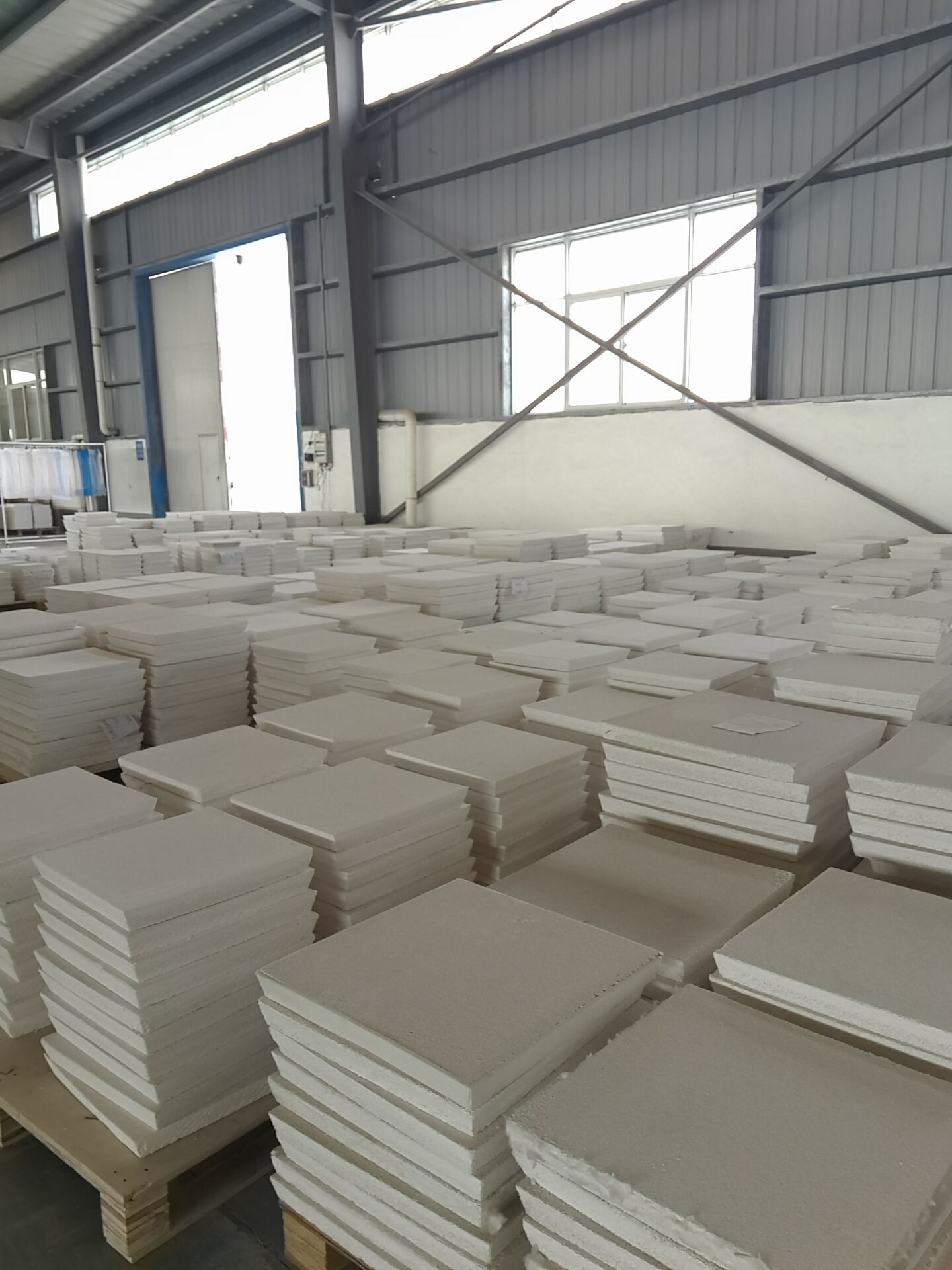

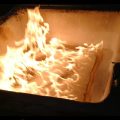

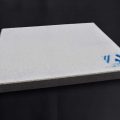
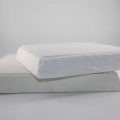
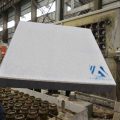
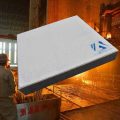
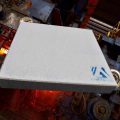
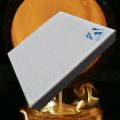

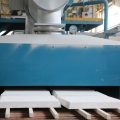
No Comments